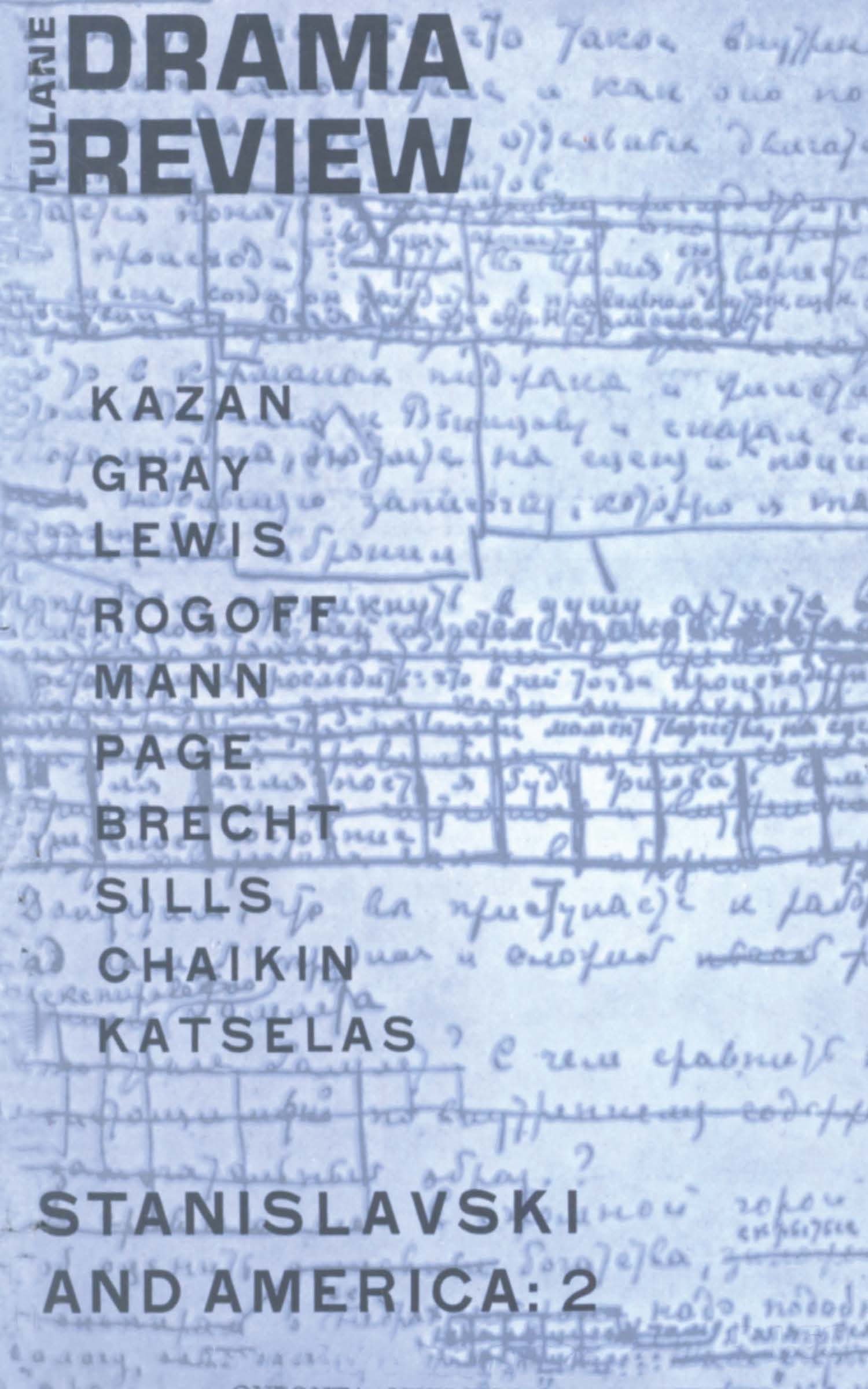Article contents
Firmin Gemier and Shakespeare-for-Everybody
Published online by Cambridge University Press: 23 November 2021
Extract
Neglect alone would be sufficient excuse for writing about Firmin Gémier. Remembered hazily as the creator of the role of King Ubu and as the founder of France's Théâtre National Populaire, Gémier remains for most of us only a name. There are reasons for this. The history of French theatre in the twentieth century lends itself easily to schematic ideas of “progress,” and Gémier refuses to fall in line. Our “march-of-theatre” allows Antoine to pass a torch to Lugné-Poe, followed by Copeau, the Cartel de Quatre, Barrault, Vilar.
- Type
- Research Article
- Information
- Copyright
- Copyright © The Tulane Drama Review 1967
References
1 Previously, in April, 1907, Gémier hinted at his growing regard for Shakespeare by choosing an adaptation of Timon of Athens to round out his first season at the Théâtre Antoine. Indebted to Shakespeare for little more than the characters and the theme, the version was written by Émile Fabré.
2 Comoedia, Feb. 19, 1911.
3 Sainte-Croix specifically repudiated archeological reconstruction of Elizabethan theatres as too foreign to French taste, and substituted simplified pictorial staging. The Gémier/Lugné-Poe Hamlet may have owed something to Sainte-Croix's style.
4 Blanchart, Paul, Firmin Gémier (Paris, 1954), pp. 172–173.Google Scholar
5 Gsell, Paul, Le Théâtre: entrétiens réunis (Paris, 1924), p. 132.Google Scholar
6 Copeau opened his Vieux-Colombier three weeks after Gémier's Hamlet with Heywood's A Woman Killed with Kindness. The setting was composed of movable curtains and drops.
7 Stoullig, Edmond, Les annales du-théâtre et de la musique, 1913, p. 228.Google Scholar
8 Gsell, p. 67
9 Ten of Gémier's personal scrapbooks are preserved in the Yale University Library.
10 Brisson, Adolphe, Le Théâtre, IX (1917), p. 219.Google Scholar Brisson's yearly collections of reviews provide the most consistently informative criticism of Gémier. Also Blanchart, p. 163. There is a seating plan of the Théâtre Antoine, dated 1923, among Gémier's scrapbooks.
11 Brisson, IX, p. 231–232.
12 Gsell, pp. 71-72.
13 Sonrel, Pierre, Traité de scénographie (Paris, 1943), p. 205.Google Scholar
14 Gsell, p. 66.
15 Brisson, IX, p. 228.
16 Blanchart, p. 177.
17 Gsell, p. 31.
18 Brisson, IX, pp. 219–224.
19 Gsell, pp. 42, 57.
20 Gsell, pp. 41-42, 44.
21 Although it was commonly proposed that placards labeled the scenes of the Elizabethan stage, it is noteworthy that Lugné-Poe, in his 1896 article prior to Ubu, said that there was no evidence supporting this contention.
- 1
- Cited by


